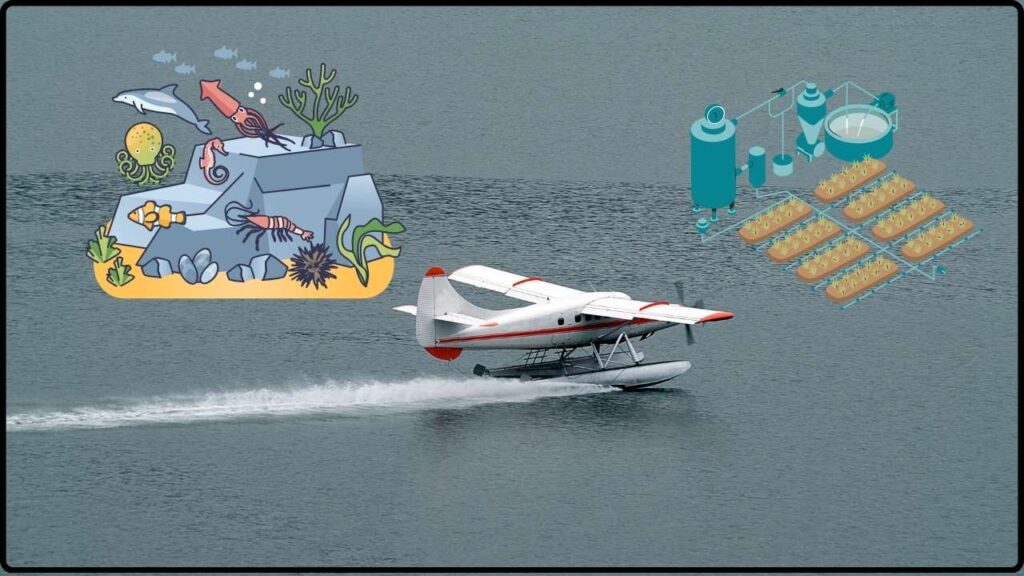
AIS vs. AIS: When you hear the acronym AIS, your mind probably jumps to large ships sailing across oceans, tracked by cutting-edge technology designed to keep maritime traffic safe and efficient. But here’s a surprise twist: AIS also stands for Aquatic Invasive Species, a critical environmental threat facing the United States and many other countries. Though they sound unrelated, the maritime Automatic Identification System (AIS) technology offers a powerful framework to manage and enforce regulations for invasive species compliance. Whether you’re a seasoned maritime professional, an environmental expert, or just curious about how technology can protect ecosystems, this article breaks the topic down in a conversational, approachable style while delivering expert insights. Even a 10-year-old could follow along, but professionals will also find valuable details they can use.
Table of Contents
AIS vs. AIS
The two meanings of AIS—maritime Automatic Identification System and ecological Aquatic Invasive Species—may seem unrelated, but the technology and operational principles behind maritime AIS offer a vital blueprint for invasive species prevention and compliance. Automated tracking, real-time data sharing, and coordinated enforcement adapted from maritime technology help protect U.S. waterways from ecological and economic harm. By embracing both technology and teamwork, we can ensure healthy waterways for generations to come.
| Topic | Details |
|---|---|
| Maritime AIS Basics | Ships broadcast GPS-based position, speed, heading, and ID data every 2-10 seconds via VHF radio. |
| Aquatic Invasive Species (AIS) | Non-native species invading U.S. waterways, primarily spread by recreational and commercial boats. |
| Data & Monitoring Tools | Centralized electronic databases receiving real-time AIS-based reports facilitate surveillance. |
| Regulatory Frameworks | Federal, state, and tribal agencies mandate boat inspections, cleaning, and reporting protocols. |
| Cross Application Benefits | Automated tracking, networked data sharing, and real-time compliance enforcement from maritime AIS adapted for AIS programs. |
| Historical Perspective | Maritime AIS technology dates back to the 1990s; invasive species spread recognized as an issue for decades. |
| Economic Impact | Invasive species cause $120 billion in U.S. losses yearly; prevention and compliance save millions. |
| Community Role & Education | Boater education, inspection programs, and outreach campaigns are vital in combating AIS spread. |
| Technological Innovations | Emerging tools include AI-powered sensors, drones, and satellite AIS for enhanced monitoring. |
| Useful Links | US Fish and Wildlife Service – Aquatic Invasive Species |
AIS vs. AIS: Two Different Meanings, One Powerful Link
First, let’s clear the air: AIS stands for two very different but important things.
Automatic Identification System in Maritime Traffic
The Automatic Identification System is a technology onboard ships that broadcasts their GPS position, speed, heading, and identity continuously without human intervention. This real-time tracking is done via VHF marine radio channels (specifically 161.975 MHz and 162.025 MHz, called AIS 1 and AIS 2) and uses a sophisticated communication method called Self-Organizing Time Division Multiple Access (SOTDMA). This ensures ships can share the same frequencies without interfering with each other’s signals.
The system’s technical backbone was agreed upon in the mid-1990s and rollout mandated by the International Maritime Organization (IMO) between 2002 and 2008, requiring most commercial vessels over 300 gross tons to carry Class A AIS transponders. These devices transmit data dynamically every 2 to 10 seconds depending on vessel speed and changes in course; static info like ship type and dimensions transmit every six minutes.
Class B AIS transponders, introduced later, are lower-cost and suit smaller vessels like recreational boats, enhancing safety and visibility across all watercraft sizes. The system is used worldwide for collision avoidance, route planning, maritime security, and environmental protection.
Aquatic Invasive Species in Ecology
The other AIS acronym stands for Aquatic Invasive Species—non-native plants, animals, or microorganisms introduced into U.S. waters mostly through human activity like ballast water discharge and unclean boats moving between water bodies. These species cause extensive ecological damage by outcompeting native flora and fauna, clogging infrastructure, and lowering water quality.
Key examples include:
- Zebra and quagga mussels that attach to surfaces and cause physical damage and economic losses.
- Eurasian watermilfoil, a fast-growing pondweed choking native species.
- Asian carp, a voracious fish threatening native fish populations.
Federal agencies like the US Fish and Wildlife Service (USFWS) and Environmental Protection Agency (EPA), along with state and tribal programs, run inspection stations and decontamination protocols to prevent spread—and many have adopted sophisticated real-time data systems inspired by maritime AIS to support these efforts.
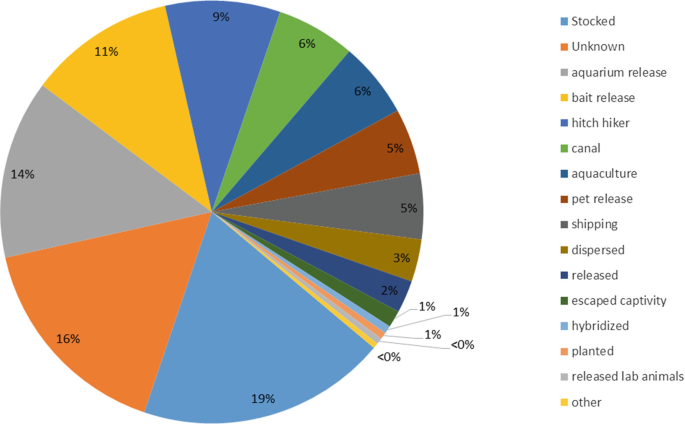
The Maritime AIS Story: Revolutionizing Sea Safety and Tracking
The concept of AIS began taking shape in the 1990s as a response to the need for safer navigation and better ship-management tools. Prior to AIS, radar, visual lookout, and radio communication could be unreliable—especially at night, in poor weather, or busy ports.
In 1997, maritime experts and authorities agreed on technical specifications for a universal, autonomous system that would automatically swap real-time information such as vessel identification, position, course, and speed continuously between ships and shore stations. This effort received a boost due to security concerns after the September 11, 2001, attacks, highlighting the need for stronger tracking of all vessels.
By 2002, new SOLAS (Safety of Life at Sea) regulations mandated AIS installation for most international ships, ensuring global uptake. Advanced functionalities soon followed, including satellite-AIS, which can detect vessels far offshore, and AIS Search and Rescue Transponder (AIS-SART) devices, improving emergency response.
Technically, AIS uses two dedicated VHF channels (87B and 88B) operating at around 9.6 kbit/s with Gaussian minimum shift keying modulation. Its transmitter power ranges from 2W for Class B units to 12.5W for Class A to ensure appropriate range and message clarity. Ships’ terrestrial AIS reach up to about 74 kilometers line-of-sight, varying based on conditions. This intricate design balances automatic, frequent broadcasts and data integrity, enabling safe navigation worldwide.
Aquatic Invasive Species: The Growing Ecological Threat
Invasive species’ arrival and establishment disrupt ecosystems in ways that can be subtle or drastic. Their ecological impacts include reducing biodiversity, altering food webs, spreading diseases, and degrading fisheries—crucial industries valued at billions.
For instance, zebra mussels in the Great Lakes have altered underwater environments, fouled boat engines, and blocked water intakes for facilities, prompting enormous cleanup costs. Asian carp threaten native fish populations by overwhelming shared food sources, potentially jeopardizing commercial and recreational fishing economies.
Since the mid-20th century, after globalization and expanded shipping routes, invasive species spread accelerated exponentially. Environmental and economic losses triggered increased research, legislation, and funding aimed at detection, prevention, and control.
Adapting Maritime AIS Principles for Invasive Species Compliance
The maritime AIS system offers an adaptable model for improving data collection and compliance in invasive species management.
Automated Detection & Instant Reporting
Effective management hinges on quick detection. Borrowing from AIS tech, invasive species programs now use automated monitoring tools such as underwater acoustic sensors and drone surveillance that wirelessly feed real-time data into centralized systems. This mimics how vessels constantly broadcast their position, allowing authorities to pinpoint invasions early.
Networked Monitoring & Collaborative Data Sharing
Just like ships transmit location info broadly to other vessels and coastal stations, invasive species data systems now aggregate inspection results, species sightings, and compliance reports into shared databases accessible by federal, state, and tribal agencies. This synergy enables coordinated responses and tracks compliance effectively.
Rigorous Inspection & Compliance Protocols
Analogous to mandates requiring AIS transponders on ships, boating regulations enforce mandatory inspections and sanitation steps (e.g., cleaning watercraft hulls and removing aquatic plants) to prevent invasive hitchhikers. Digital logging and enforcement actions ensure accountability and data integrity, crucial to program success.

Success in Action: Case Studies Illustrating the Power of AIS Principles
- The Pacific Northwest’s invasive mussel inspection program employs data-sharing platforms inspired by maritime AIS, sharply reducing new infestations via coordinated inspections and real-time reporting.
- States bordering the Great Lakes collectively use AIS-style centralized databases and satellite monitoring to detect and respond to invasive species swiftly, enhancing early warning systems.
- In the Columbia River Basin, automated detection stations linked through AIS-like communication channels have proven invaluable in rapid containment efforts following invasive species discovery.
These examples demonstrate how blending maritime technology principles with ecological programs creates a robust toolbox against invasive species threats.
Economic Stakes: The Cost of Inaction vs. Benefits of Compliance
The economic toll of aquatic invasive species in the U.S. is staggering—estimated at $120 billion annually. This includes direct damages to infrastructure, losses in fisheries and tourism, and escalating control and eradication expenses.
By contrast, expenditures on AIS compliance, monitoring, and early intervention programs yield high returns by preventing widespread outbreaks. The cost-effectiveness is clear: investing millions in inspections and technology today averts billions in future damage.
Everyone’s Role Counts: Community Engagement and Education
Successful prevention campaigns heavily rely on active participation from boaters, anglers, recreational water users, and local communities. Public education initiatives emphasize key actions:
- Thorough cleaning of boats and gear before entering new water bodies
- Draining water from live wells, bilges, and other onboard containers
- Reporting observed invasive species to relevant authorities
- Taking part in local AIS workshops and trainings to stay informed
Raising awareness and personal responsibility is essential to bolstering technical and regulatory efforts.
Navigating Challenges and the Path Forward
While promising, the extension of maritime AIS principles to invasive species management faces hurdles like:
- High costs and logistics in deploying monitoring tools universally
- Data management challenges across diverse agencies and jurisdictions
- Adapting vessel-based tracking systems to biological data complexities
Emerging technologies offer hope. Artificial intelligence enhances data processing from sensors and drones, satellite AIS provides broad coverage, and remote sensing unlocks hard-to-access areas.
What is “AIS for AIS”? Fusing Compliance Tech and Aircraft Tracking
AIS Spotlight: How Zebra Mussels Can Ground Your Aircraft
Join the Forum: Share Your AIS Inspection Tips & Waterway Reports
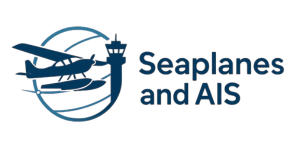
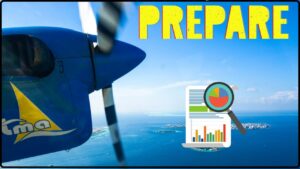

![Case Study How [Lake Association] Partners with Pilots to Stop AIS](https://seaplanesandais.com/wp-content/uploads/2025/11/Case-Study-How-Lake-Association-Partners-with-Pilots-to-Stop-AIS-300x169.jpg)
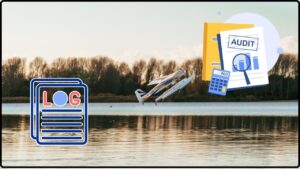
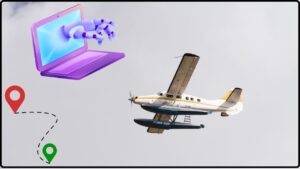
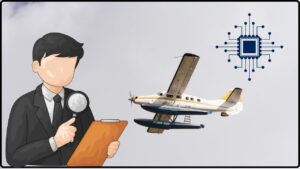


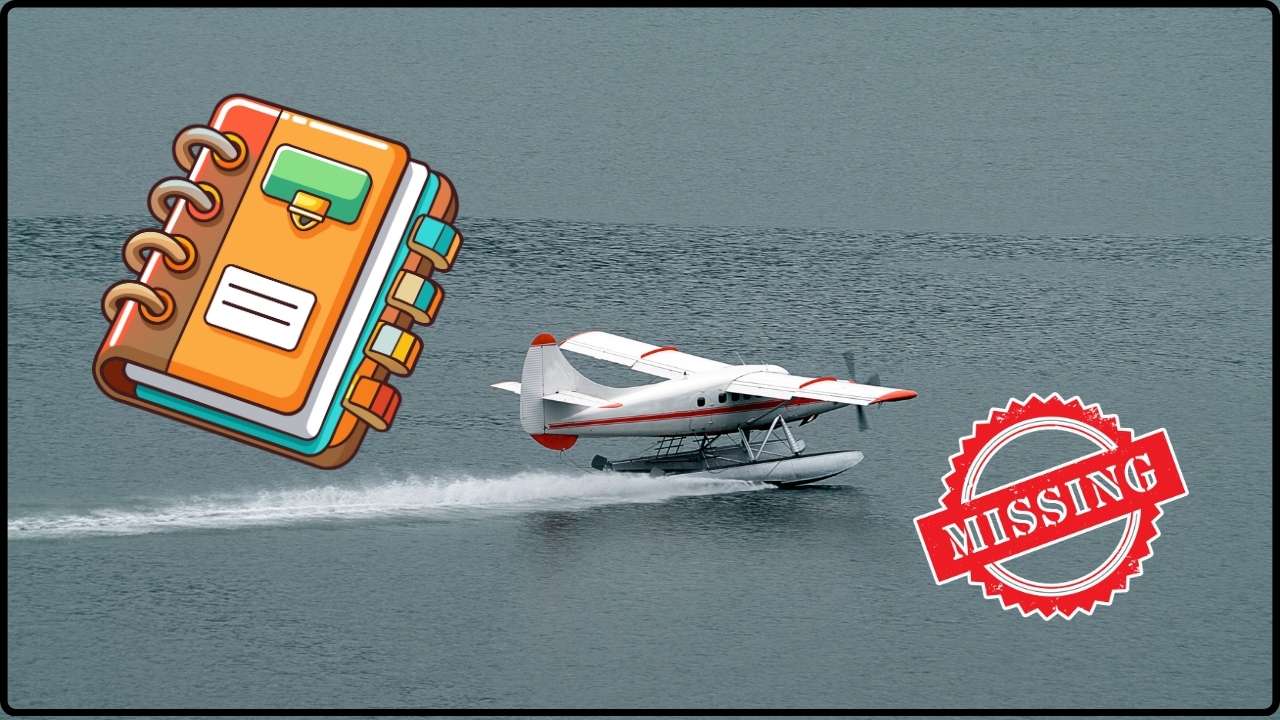

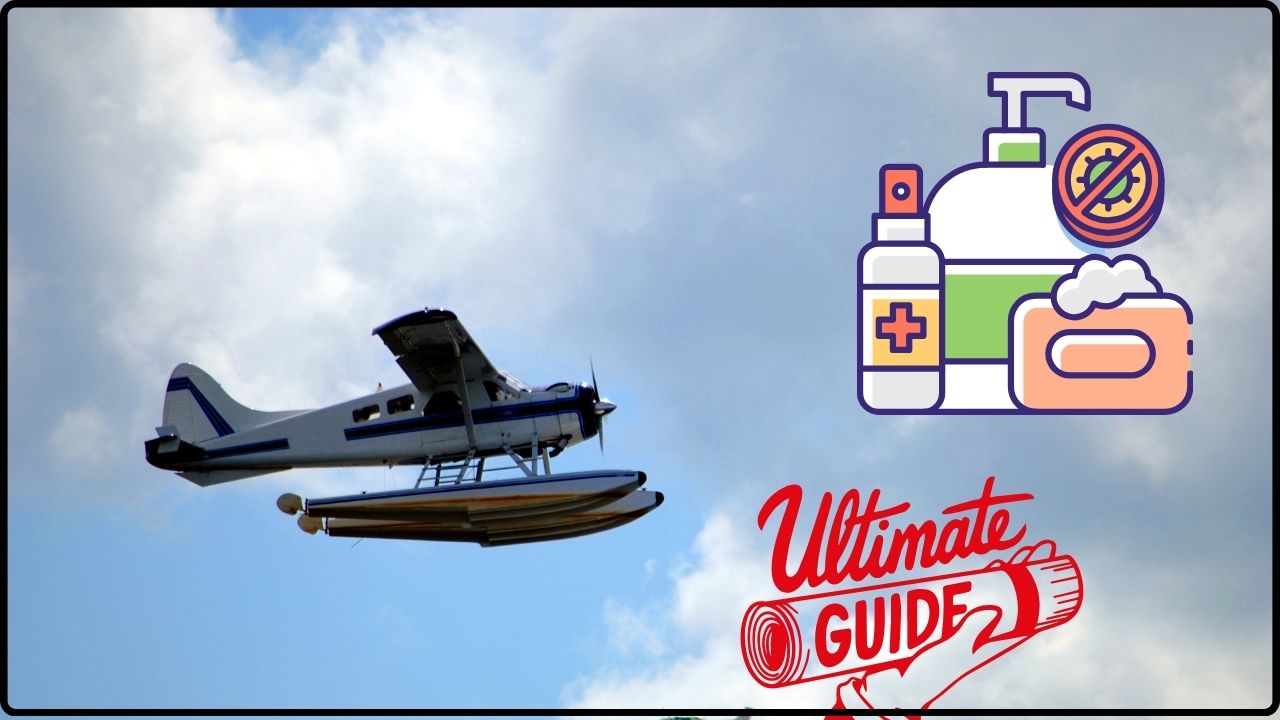


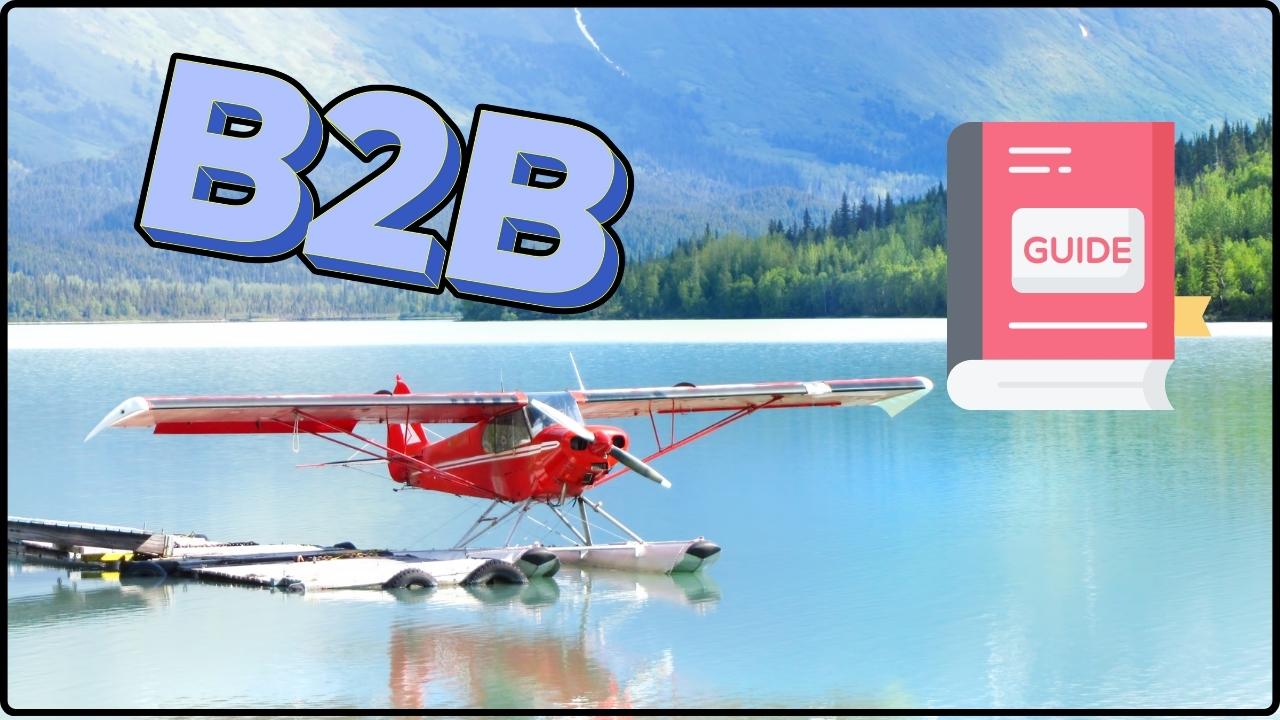
![Case Study: How [Lake Association] Partners with Pilots to Stop AIS](https://seaplanesandais.com/wp-content/uploads/2025/11/Case-Study-How-Lake-Association-Partners-with-Pilots-to-Stop-AIS.jpg)
